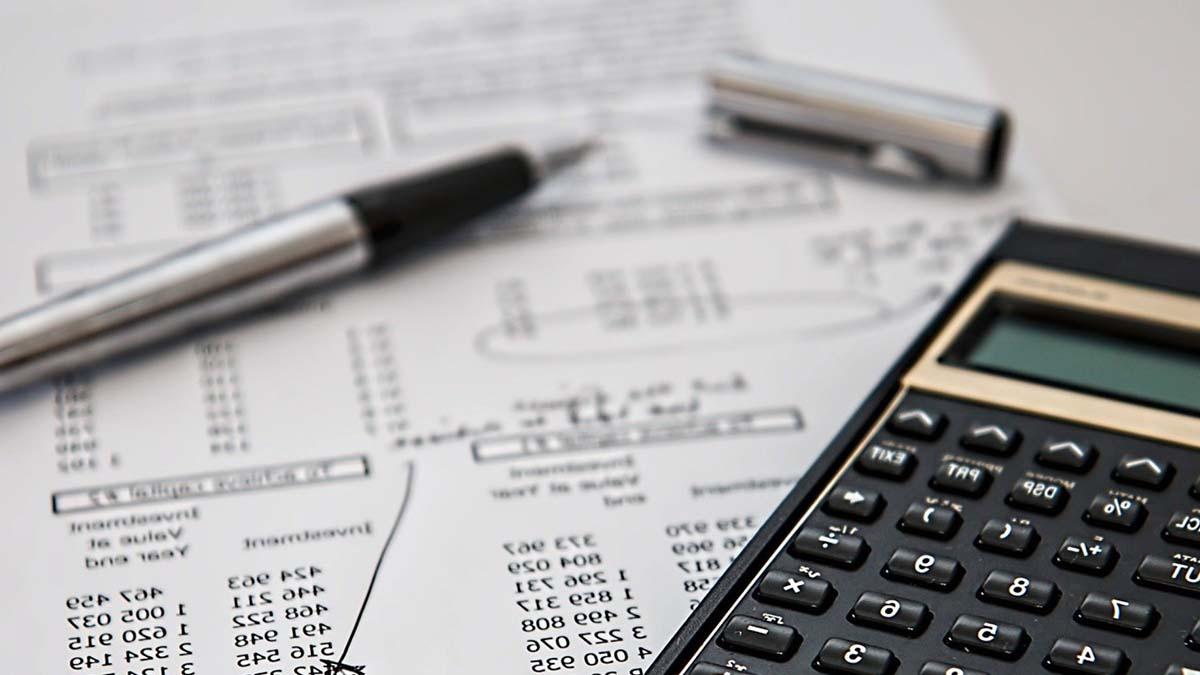
There are various aspects to consider while evaluating investment properties. Sifting through numbers and wading through a sea of real estate investing definitions like “cap rate” or “internal rate of return (IRR)” might be intimidating. Still, these real estate calculations are essential for the financial research you need to conduct before making a commercial real estate investment. Cash on cash return is one of these essential metrics.
Cash-on-Cash (CoC) return refers to an investor’s return on the out-of-pocket money they used to purchase the property. Cash on cash return (also known as the “cash yield” on a real estate investment) compares the annual return on the property earned by the investor to the expenses paid during the same year. It is an essential real estate investing metric and reasonably easy to grasp.
How to Calculate Cash on Cash Return
Here’s the formula for calculating Cash on Cash Return:
CoC = (Annual Cash Flow / Initial Cash Outlay ) x 100%
To calculate CoC for your investment property, start by creating an itemized list of your monthly rental revenue and costs. These numbers help you determine your monthly and annual cash flow, which are two pieces of data you must have before using the equation.
Once you have your monthly rental revenue and costs, follow the steps below to calculate your return:
- Subtract Your Costs from Your Income. Use your previous list to get your monthly cash flow by subtracting your costs from your income. For example, if you make $1,700 per month in rent and have $1,300 in monthly expenses (including your mortgage), you have $400 in monthly net cash flow.
- Convert Monthly Cash Flow to Annual Cash Flow. Multiply your monthly cash flow by 12 to get your annual cash flow. Using the example in Step 1, your annual cash flow is $4,800 ($400 per month x 12 months).
- Add Your Original Cash Investments. Once you have your annual cash flow, add the money you paid out of pocket when you first bought the property. Out-of-pocket costs may include the deposit, closing fees, and any repairs performed to the property before leased. For example, if you paid $500,000 for a property and had to put down a 20% down payment of $100,000, pay $12,000 in closing costs, and put $20,000 of your own money into the repairs, then your out-of-pocket costs are $132,000.
- Divide Your Annual Cash Flow by Your Initial Cash Investment. Now that you know your annual cash flow and out-of-pocket expenses, you can calculate your cash on cash return. Following the formula above, divide your annual cash flow of $4,800 by your out-of-pocket investment of $132,000. 4,800 / 132,000 = 0.036.
- Multiply the Fraction by 100. Multiplying your value from Step 4 by 100 converts it to a percentage. In this example, 0.036 x 100 equals a 3.6% cash on cash return.
- Examine Your Findings: Now that you know your cash on cash return is 3.6%, it’s critical to consider the implications of your calculations. Is this an annual return that makes you happy? Does it suggest the deal might be great? Does it indicate the deal might be bad? Take time to analyze what this metric means for the deal in your situation.
Examples of Cash-on-Cash Return
One of the things that cash on cash return will show you is the power of leverage. In this section, we’ll look at two CoC examples: one example without leverage and one example with leverage.
For the no-leverage example, let’s assume you spend $100,000 for a multifamily property and pay 100% of the cost with cash. After your first year, you take home $10,000 in net operating income before taxes. To calculate the Cash on Cash return, you simply divide $10,000 in net operating income by $100,000 (your out-of-pocket expense to acquire the property).
$10,000 / $100,000 = 10% CoC return.
10% isn’t bad! It’s a double-digit return that can compete with the stock market for many years.
However, let’s look at what happens when you use leverage in your deals.
Using the same $100,000 property as the example, let’s say you decide to put down 10% of the buying price ($10,000) instead of paying cash for the whole thing. You secure a $90,000 loan with a local bank with a 4% interest rate on your loan. In this case, you’ll still make $10,000 in net operating income, but you will also be responsible for $2,156 in annual interest payments on the loan. This equates to a profit of $7,844.
$7,844 / $10,000 = 78%.
With the same property, you increased your CoC from 10% to 78% simply by using leverage. Additionally, if you did have $100,000 to purchase the property cash, but only used $10,000 to acquire it with leverage, you still have $90,000 cash to buy nine additional similar properties. This is why leverage is such a powerful tool!
Cash on Cash Return (CoC) vs. Return on Investment (ROI)
The terms cash-on-cash return and return on investment (ROI) are commonly interchanged, although they are not the same. There are a few key differences between CoC and ROI, including:
- CoC is a snapshot of annual cash flow, whereas ROI is a snapshot of overall profitability (the amount of total gain or loss the property generates) throughout ownership.
- ROI is cumulative, but CoC is not.
- ROI considers all of a property’s debt, whereas CoC simply considers the money an investor pays out of pocket.
- In practice, ROI may be estimated using your property’s fair market value, but it can only be really assessed when you sell it.
Cash on Cash Return (CoC) Vs. Net Operating Income (NOI)
The calculation of Net Operating Income (NOI) differs from cash on cash return calculation in that cash on cash returns factor in debt servicing costs, whereas NOI does not. By subtracting property expenditures from the total revenue that a property will earn when fully leased, you may calculate your predicted NOI. Landscaping, utilities, and upkeep are all part of the operating costs.
What is a GoodCcash on Cash Return Rate?
It’s difficult to quantify the concept of a good cash-on-cash return since it’s so subjective and every deal is different. Some investors consider 8–12% to be a good baseline number because that will compete with the stock market. Other investors believe that a 4–7% is appropriate in some markets. A novice investor may begin with a lower CoC criterion and gradually raise their expectations as they gain experience and better understand what to look for in an investment property.
This is all to say that different types of investments provide varied rates of return, and different investors have different expectations, which means it all ultimately relies on you as an investor.
This is why it’s essential to consider your investing goals when calculating your CoC. If you invest in a growing or appreciating market, you may get a lesser return, but it does not mean it is a bad investment. On the other hand, getting extremely high cash on cash return from a poor-quality property in a D Class neighborhood may come with hidden costs and headaches that don’t make it worth the initial cash on cash return you saw on paper.
Summary
If you weren’t aware of the cash on cash return formula prior to this article, you may find yourself employing it more regularly in the future. This metric might help you obtain a sense of your property’s potential and determine whether a deal is feasible. However, there are a few critical limitations to cash on cash returns worth reiterating:
- CoC disregards your unique tax status and does not account for appreciation or depreciation.
- CoC can’t tell you what will happen if there’s a fire or a flood, or what long-term expenditures you’ll have, or how much money you’ll get when you sell the property.
- CoC could change quickly based on what you project when you analyze a deal and what you may have to invest out of pocket to take care of any unknown surprises right after you acquire the property.
This is why most successful investors examine offers using a combination of measures rather than just one. Ultimately, cash-on-cash return is a great metric to be used in conjunction with other key metrics when you analyze a deal.



